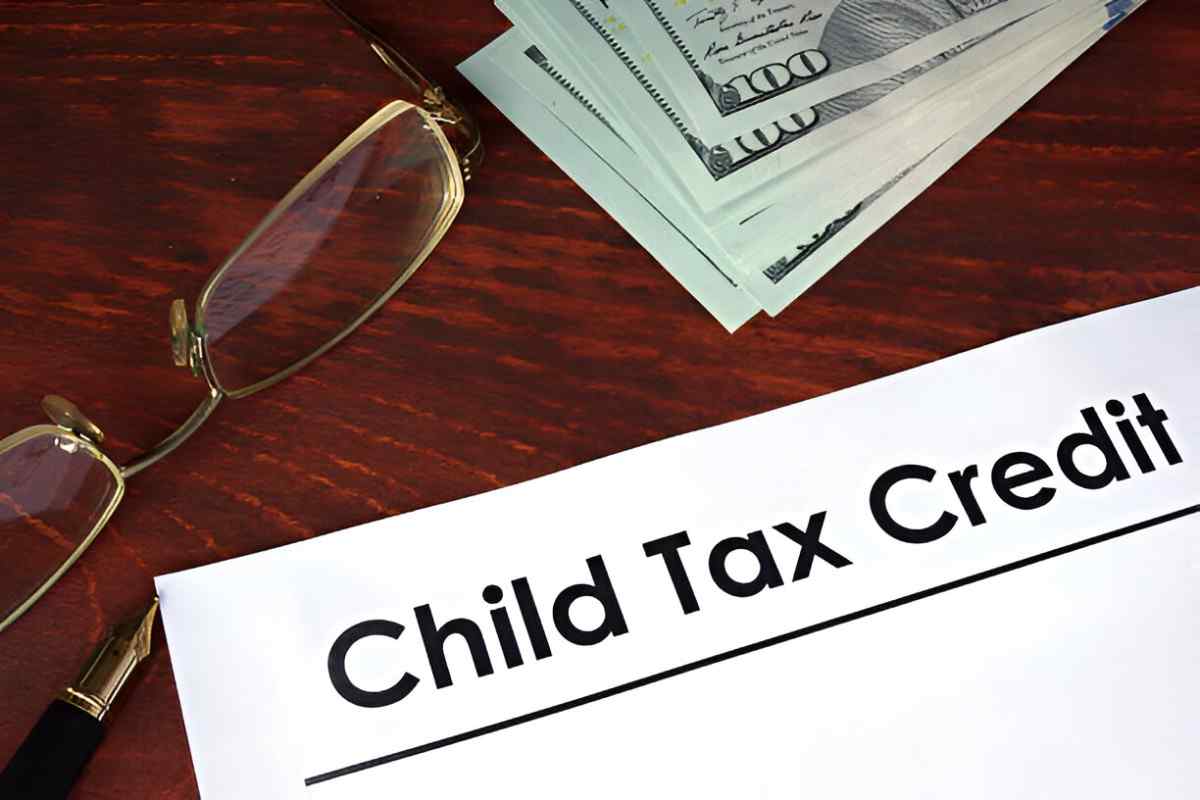As a parent or guardian in the United States, you might have heard about the $300 Child Tax Credit and wondered how it works. Whether you’re filing taxes for the first time, are a seasoned taxpayer, or are simply trying to understand the finer details of this credit, it’s crucial to understand the eligibility, benefits, and overall impact it can have on your family’s finances. This comprehensive guide dives deep into the $300 Child Tax Credit, breaking it down step-by-step to ensure you’re well-informed and ready to take full advantage of the benefits it offers.
Table of Contents
What is the $300 Child Tax Credit?
The $300 Child Tax Credit (CTC) is part of a broader set of temporary enhancements to the child tax credit, which were expanded under the American Rescue Plan Act (ARPA) in 2021. Under the provisions of ARPA, the amount was increased to $3,000 per child for children aged 6 to 17 and $3,600 for children under the age of 6. This expansion aimed to reduce child poverty by providing families with monthly payments starting in July 2021, instead of one lump sum payment at tax filing time.
The credit is designed to help families with the costs of raising children, including basic necessities like food, clothing, and housing. Unlike the previous model, where the credit was received only at tax time, the expanded child tax credit allows for a monthly disbursement, with a maximum of $300 per child under 6 years of age, and $250 per child aged 6 to 17.
Who is Eligible for the $300 Child Tax Credit?
Eligibility for the $300 Child Tax Credit depends on several factors, including your income, the number of qualifying children in your household, and your tax filing status. Below, I’ll walk through the key eligibility requirements.
1. Income Limits
To qualify for the expanded child tax credit, your income must fall within certain limits. The credit is phased out for higher-income earners. The following thresholds apply for the 2021 tax year:
- For single filers: The phaseout starts at an Adjusted Gross Income (AGI) of $75,000.
- For head-of-household filers: The phaseout starts at an AGI of $112,500.
- For married couples filing jointly: The phaseout begins at an AGI of $150,000.
Once these limits are exceeded, the amount of the Child Tax Credit is reduced by $50 for every $1,000 over the limit. Let’s calculate this with a simple example:
If you’re a married couple filing jointly with an AGI of $160,000, you’re $10,000 above the threshold. The reduction in your credit would be:
10,000 \div 1,000 = 10 , \text{(round to nearest whole number)} 10 \times 50 = 500 , \text{USD reduced from your credit}So, instead of receiving the full $3,000 for your child, you would receive $2,500.
2. Qualifying Children
Your children must meet certain age, relationship, and residency requirements to qualify for the child tax credit. Here’s a quick breakdown:
- Age: The child must be under the age of 18 at the end of the tax year.
- Relationship: The child must be your son, daughter, stepchild, or foster child. It can also be a sibling or descendant of any of these, such as a niece or nephew.
- Residency: The child must have lived with you for at least half the year, and must be a U.S. citizen, U.S. national, or U.S. resident alien.
3. Other Requirements
- Social Security Number: The child must have a valid Social Security Number (SSN) to qualify.
- Taxpayer Identification Number: You must also have a valid taxpayer identification number (usually a Social Security Number) to claim the credit.
How is the $300 Child Tax Credit Paid?
The $300 child tax credit is paid monthly, starting in July and continuing through December 2021, for a total of six months. If you are eligible, you would have received $300 for each child under 6 years of age and $250 for each child aged 6-17 during this period.
For the 2022 tax year, families with qualifying children will receive the credit at tax time unless Congress extends the monthly payment program.
The IRS automatically determines your eligibility for the payments based on your most recent tax return. If your 2020 tax return was already filed when the program started, the IRS would use that return to determine eligibility. If you didn’t file taxes in 2020 or 2019, the IRS set up an online portal to allow you to provide the necessary information.
How Does the $300 Child Tax Credit Affect Your Taxes?
The child tax credit is fully refundable, which means that if the credit exceeds your tax liability (the amount of taxes you owe), you’ll receive the difference as a refund. Let’s break this down further.
Example 1: Family of Four with Two Children Under 6
Let’s say you’re a married couple with two children under the age of 6, and your AGI is $60,000. You would qualify for $300 per child per month, or a total of $600 a month, for six months.
- Monthly payment: $300 x 2 = $600
- Total for the year: $600 x 6 = $3,600
At the end of the year, you’ll receive $3,600 in child tax credits. If your tax liability is greater than $3,600, the credit will reduce that liability, lowering the amount of tax you owe. If your tax liability is less than $3,600, the IRS will refund the remaining difference.
Example 2: Single Parent with One Child Aged 6-17
Suppose you’re a single parent with one child aged 6 to 17, and your AGI is $40,000. The child tax credit is $250 per month for this child.
- Monthly payment: $250 x 1 = $250
- Total for the year: $250 x 6 = $1,500
The $1,500 will either reduce your tax liability or be refunded if you owe less than $1,500 in taxes.
What Happens if I Didn’t Receive the Full Payment?
If you didn’t receive the full $300 payment for each child or missed payments altogether, you can claim the remaining amount when you file your 2021 tax return.
Impact of the Child Tax Credit on Families
For many families, the $300 monthly child tax credit provided substantial financial relief. This recurring payment helped cover various household expenses, including daycare costs, groceries, and utility bills.
Let’s use an illustration to show how this credit helped families manage finances. Consider a family with a monthly budget of:
| Expense Category | Monthly Amount (in USD) |
|---|---|
| Rent | 1,200 |
| Groceries | 400 |
| Utilities | 150 |
| Transportation | 100 |
| Childcare/Daycare | 400 |
| Entertainment | 100 |
The $300 monthly child tax credit directly offsets part of the childcare or grocery costs, reducing the financial strain many families feel, especially with rising inflation and increasing living expenses.
The Future of the Child Tax Credit
As of now, there’s uncertainty about whether the monthly child tax credit will be extended. The American Rescue Plan provided funding for the credit only for 2021. To make it permanent, new legislation would need to pass. Congress has continued to debate the future of this credit, and while it has made significant progress in discussions, the fate of the program depends on political negotiations.
If the credit is extended or made permanent, it could provide long-term benefits to families, reducing poverty and improving overall financial stability for parents with young children.
Conclusion
The $300 child tax credit was a temporary but essential lifeline for many families during 2021, aimed at reducing child poverty and helping families with the costs of raising children. By understanding the eligibility requirements, the payment structure, and the impact on taxes, you can better navigate the credit’s benefits.
The expanded child tax credit provides tangible financial relief that helps offset everyday expenses. If Congress decides to extend or make the credit permanent, it would have lasting effects on family financial well-being.
As with any tax-related topic, it’s important to stay updated on current legislation and consult a tax professional to fully understand how the child tax credit can work for your specific situation.
By planning accordingly, you can ensure that your family receives the maximum benefit possible and leverage the child tax credit to improve your overall financial outlook.





